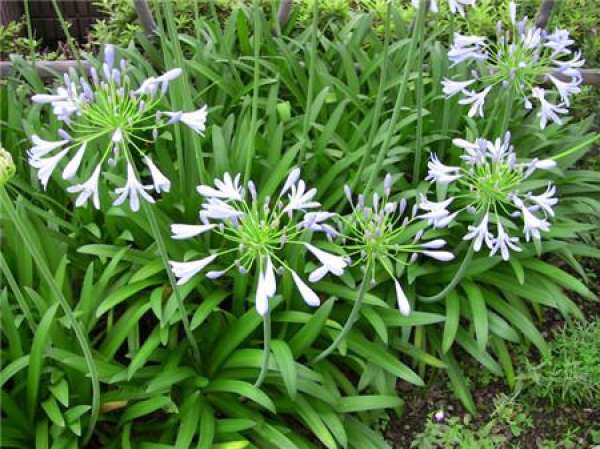The leaf spot of the lotus is ellipsoid, long strip light reddish brown, surrounded by a green circle, and then enlarged into irregular patches, with black spots on the spots.
The disease can be controlled by selecting disease-free seeds, removing disease residues, doing well in management and protection, balancing fertilization, avoiding water accumulation and spraying fungicides such as carbendazim, thiophanate methyl (methyltobuzin), mancozeb and so on.

After the disease, the leaves, pedicels, petals and bulbous scales can be damaged. The leaves and pedicels become crooked or deformed with red raised spots; the petals and bulbous scales also have brown spots with soft and sunken areas in the later stage. The damaged pedicels affected flowering. The pathogen is a kind of fungus, which can also damage the bulbs of Narcissus and Manjusri.
In order to prevent and control the red spot of the lotus, the water drops should be prevented from dropping on the leaf surface when watering. The better the effect is, spray 600 times of chlorothalonil clear water once.

The growth of lotus is slow, and the time from sowing to flowering is very long. Therefore, it will take a long time to put it in the corner of the room or balcony. If the leaves are not beautiful, it is a very affecting thing to the eyes.
Therefore, we should take good care of these plants that are placed in front of us all the year round, so that they do not grow spots or get sick. At ordinary times, we should do well in ventilation, keep in mind the methods of watering and fertilizing, and let them grow up unharmed.